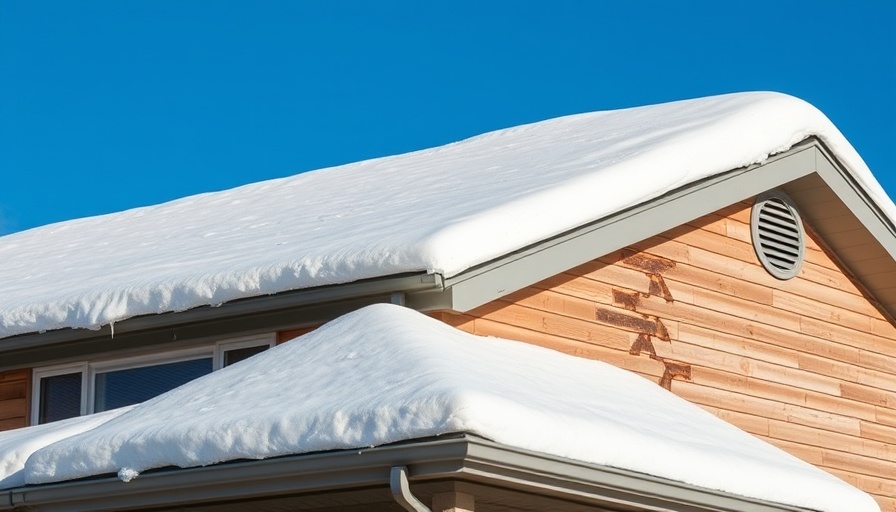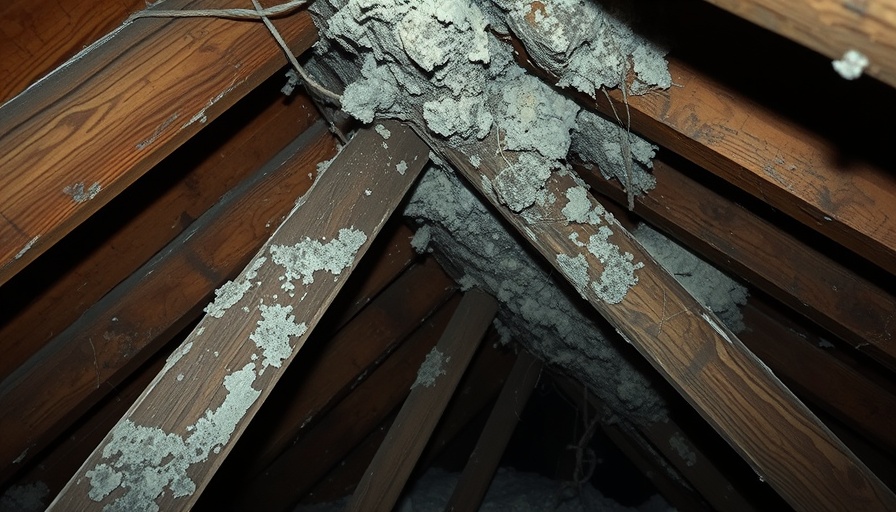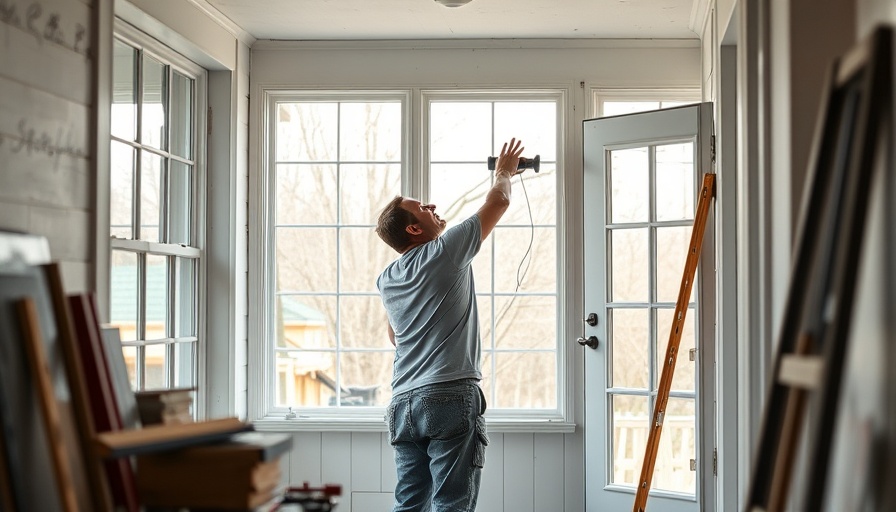
Winter Challenges for Homeowners: Understanding Siding Vulnerabilities
As the winter season approaches, homeowners often find themselves overwhelmed with last-minute repairs, trying to ensure their homes are ready to withstand the harsh elements. While the thrill of the snow may bring a false sense of security, it’s crucial to recognize that winter can expose vulnerabilities in your home’s siding. Here’s a deep dive into the common sidings problems that could arise during these frosty months.
Indications of Damage: Indentations & Holes
Winter storms, especially those involving high winds and ice, can lead to protruding debris that can cause significant damage to siding. Look for telltale signs such as dents or holes, which can not only interfere with aesthetics but also pave the way for cold air and moisture infiltration. The ability of siding to withstand impact is critical during this time, suggesting the need for durable installation.
Water Infiltration: A Silent Threat
Temperature fluctuations notorious in regions like the Twin Cities create a freeze/thaw cycle that puts significant pressure on siding. When water seeps into cracks and then freezes, it expands, leading to potentially severe structural issues. Accumulated ice or snow in gutters can exacerbate this situation, highlighting the importance of regular maintenance.
The Danger of Loose or Missing Siding
Loose or improperly secured siding can become a major concern during high winter winds. Homeowners might hear flapping noises indicating loose sections, signaling immediate attention is needed. Missing siding not only compromises your home's protective barrier but also raises risks for mold growth and increased energy usage, creating a ripple effect of long-term problems.
Facing the Threat of Rot
Moisture accumulation from snow and ice can foster rot, indicated by brittle, cracked siding. The urgency to act when rot is detected cannot be overstated; swift professional intervention can prevent further fungal decay and preserve your home’s exterior integrity.
Watch for Warping
Even materials like cedar siding, known for their resilience, are not entirely immune to winter’s impact. Moisture penetration can lead to warping, which in turn sets the stage for mold issues. Homeowners should consider professional assessments early on to avoid costly replacements.
Winter siding issues need addressing to ensure your home remains a safe and comfortable haven. For homeowners aiming for improved weather resistance in Minnesota, consider reaching out to professionals for a thorough evaluation of your siding needs. Understanding these vulnerabilities not only enhances the longevity of your home's exterior but protects your family's comfort throughout the frigid months.
 Add Row
Add Row  Add
Add 




 Add Row
Add Row  Add
Add 
Write A Comment